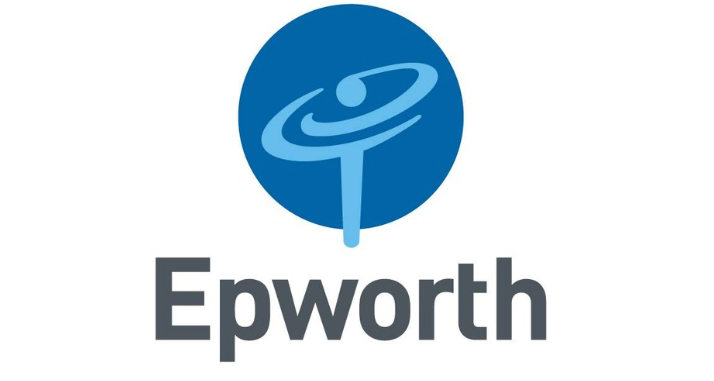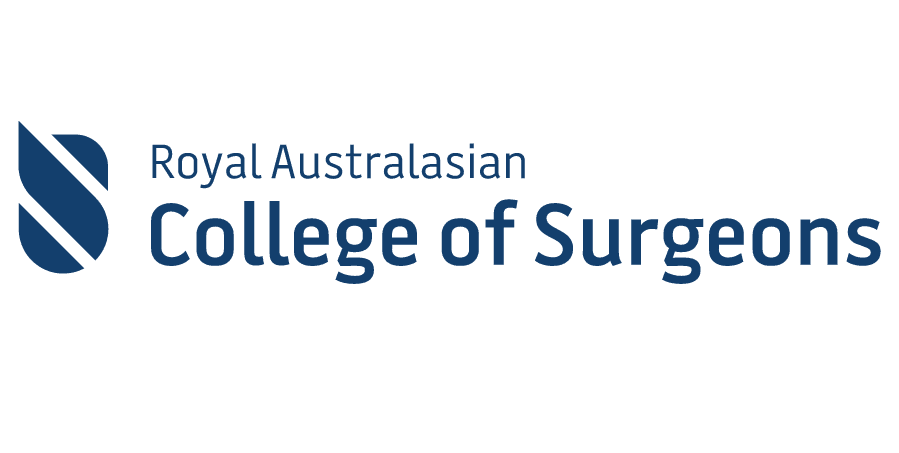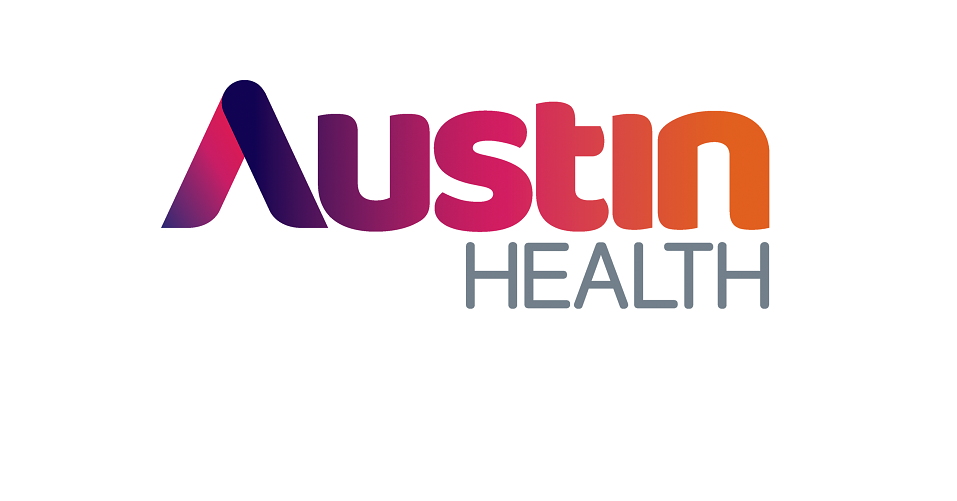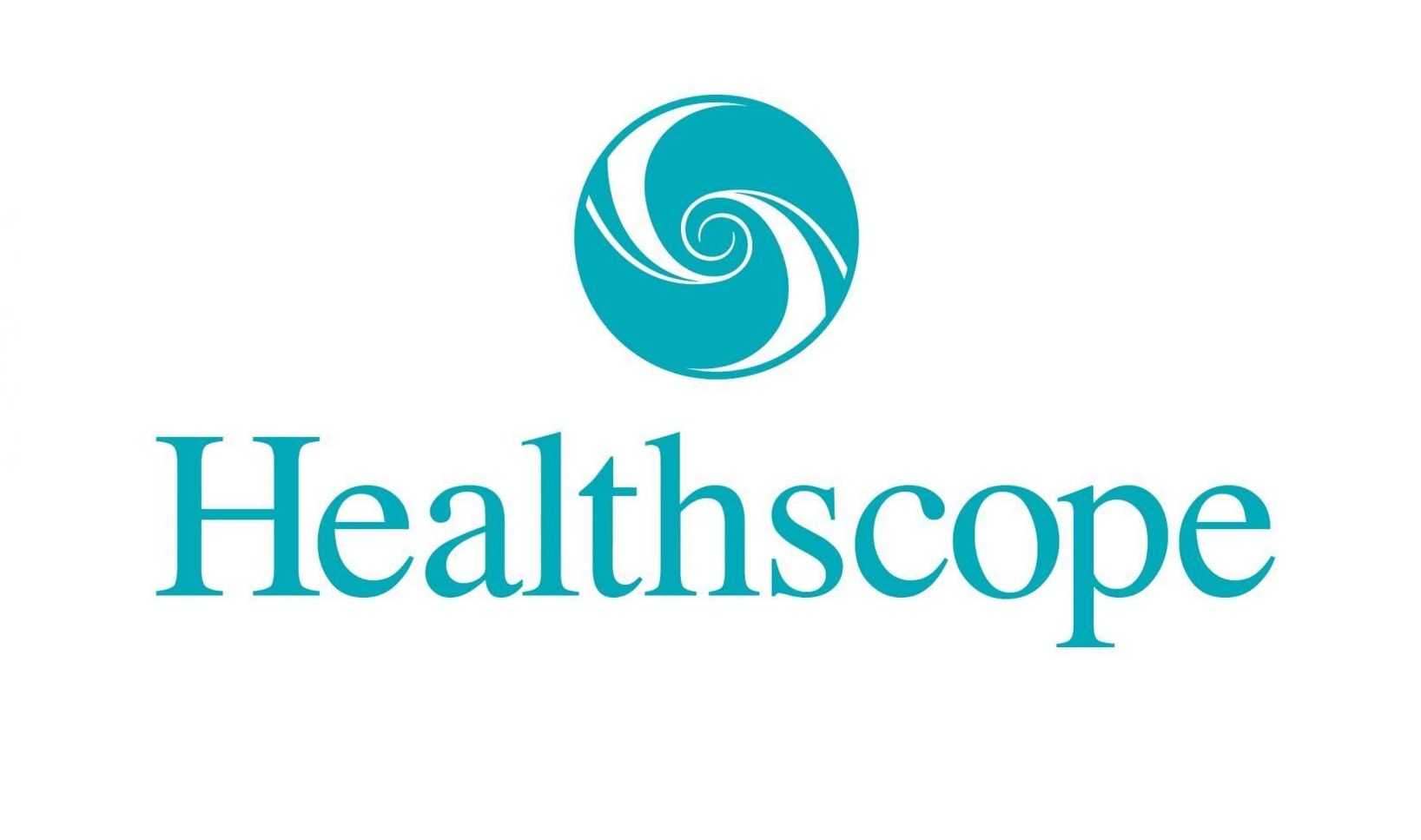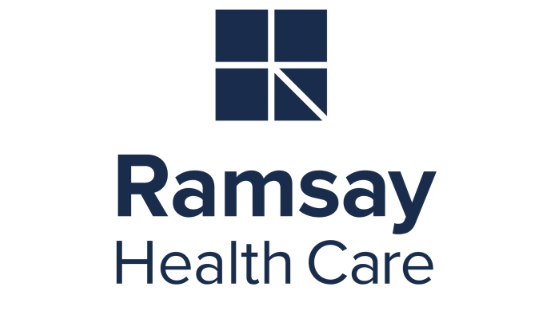BPH Surgery Melbourne
Recovery After HoLEP
Recovery after Holmium Laser Enucleation of the Prostate (HoLEP) typically involves several stages, from immediate postoperative care to long-term follow-up.
Immediate Postoperative Period (In-Hospital Recovery)
- Monitoring: After the procedure, you will be transferred to a recovery area or post-anesthesia care unit (PACU), where medical staff will monitor your vital signs, pain levels, and urine output.
- Catheterisation: A catheter is placed in your bladder to drain urine and wash out any bleeding that may occur. The duration of catheterisation varies but is typically short-term (<48h)
- Pain Management: You may experience some discomfort or pain after the procedure. Pain medications will be provided to keep you comfortable during the immediate postoperative period.
- Food and Fluid Intake: You should drink fluids to stay hydrated and help flush your urinary system. This will be important at the time of catheter removal. You will likely have a light meal after the procedure that doesn’t sit too heavily and return to a normal diet afterwards.
- Bowel care: Your doctor may likely prescribe short-term laxatives to minimise strain and keep the gastrointestinal tract moving, which can temporarily slow down after anaesthesia, pain medication, and fasting.
- Activity: You may initially be advised to rest and limit physical activity. Gradually, you can start moving around and engaging in light activities as tolerated.
Hospital Discharge
- Catheter Removal: Once your healthcare team determines your urine is clear without irrigation, the catheter will be removed as a trial of void (TOV). You will need to pass urine a few times, and your bladder volume will be measured to ensure it adequately empties before discharge.
- Instructions: You will receive detailed instructions regarding postoperative care, medication management, and activity restrictions.
- Follow-up Appointments: Follow-up appointments will be scheduled to monitor your recovery progress and address any concerns or questions you may have.
Recovery at Home (Post-Discharge)
- Activity: While you should avoid strenuous activities and heavy lifting for a few weeks, you can gradually increase your activity level as tolerated. Your doctor will advise you about returning to driving, and this is usually sooner than other strenuous activities.
- Medication: You may be prescribed medications to manage pain, prevent infection, and improve urinary function. It's important to take medications as directed by your doctor.
- Diet and Fluid Intake: Eat a balanced diet and drink plenty of fluids unless your doctor instructs otherwise.
- Urinary Symptoms: In the days following HoLEP, it's common to experience urinary symptoms such as frequency, urgency, and burning during urination. These symptoms usually improve over time as your body heals.
- Follow-up Care: Attend all scheduled follow-up appointments with your doctor to monitor your progress, assess urinary function, and address any postoperative issues or concerns.
Long-Term Recovery and Follow-Up
- Symptom Improvement: As your body continues to heal, you should experience improvement in urinary symptoms such as frequency, urgency and weak stream.
- Quality of Life: Many patients report a significant improvement in their quality of life after HoLEP, including better urinary function, fewer urinary symptoms, and improved overall lifestyle.
- Long-Term Follow-Up: A follow-up appointment with your urologist is important to monitor your urinary function, assess the procedure's effectiveness, and address any long-term concerns or complications.
Follow your doctor's instructions closely and communicate any concerns or changes in symptoms during the recovery period. With proper care and follow-up, most patients experience a successful recovery and significant improvement in urinary symptoms after HoLEP.
Risks & Complications During Recovery
Recovery after HoLEP is generally smooth for most patients, with significant improvement in urinary symptoms and quality of life. However, like any surgical procedure, there are potential risks and complications associated with HoLEP. Here are some of the common risks and complications to be aware of during the recovery period:
- Urinary Tract Infection (UTI): Urinary tract infections can occur after HoLEP due to the manipulation of the urinary tract during the procedure or the presence of a urinary catheter. Symptoms of UTI may include a burning sensation during urination, increased urinary frequency, urgency, and fever. UTIs are treated with antibiotics.
- Urinary Incontinence: While uncommon, urinary incontinence (involuntary leakage of urine) can be a complication of HoLEP (<15%). This is more likely in patients with preexisting urinary incontinence or those with weak sphincter muscles. Most cases of urinary incontinence after HoLEP are temporary and resolve with time (less than three months).
- Bleeding: Bleeding from HoLEP is more uncommon than TURP. The risk of blood transfusion is also lower but cases of bleeding requiring additional interventions, such as a washout return to theatre or blood transfusion, may be needed to control bleeding.
- Erectile Dysfunction: HoLEP is not typically associated with a significant risk of erectile dysfunction. However, in some cases, injury to the nerves and blood vessels surrounding the prostate gland during the procedure may result in temporary or permanent erectile dysfunction.
- Stricture Formation: Urethral strictures (narrowing of the urethra) can occur due to scarring or inflammation following HoLEP. This can lead to difficulty urinating, urinary retention, and recurrent urinary tract infections. Treatment may involve dilation of the stricture or other surgical intervention.
- Persistent Symptoms: While most patients experience significant improvement in urinary symptoms after HoLEP, some individuals may continue to experience persistent or recurrent urinary symptoms, such as urinary frequency, urgency, weak stream, or incomplete emptying due to bladder dysfunction. Additional evaluation and management may be necessary to address these symptoms.
BPH Surgery Melbourne
Conditions
BPH Treatments
Contact
All Rights Reserved | Kapil Sethi Urological and Robotic Surgeon
